To bolster global biodiversity, UNESCO has announced the designation of 11 new biosphere reserves across 11 countries, including Belgium and Gambia for the first time, along with two transboundary biosphere reserves. This decision, made during the 36th session of the International Coordinating Council of UNESCO’s Man and the Biosphere programme, underscores the critical role of these reserves in preserving biodiversity, supporting local communities, and addressing climate disruption.
The new biosphere reserves span a combined area of 37,400 km2, equivalent to the size of the Netherlands. This expansion brings the World Network of Biosphere Reserves to a total of 759 sites in 136 countries, reflecting a growing global effort to designate 30% of the Earth’s land and marine surface as protected areas by 2030, as outlined in the Kunming-Montreal Global Biodiversity Framework.
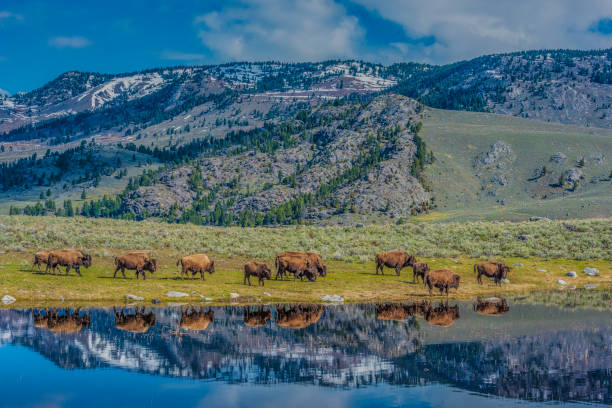
What is a biosphere reserve?
A biosphere reserve is a designated area that seeks to balance biodiversity conservation with the sustainable use of natural resources. These reserves aim to promote and demonstrate a balanced relationship between humans and the biosphere. They are recognised under UNESCO's Man and the Biosphere (MAB) Programme and serve multiple functions, including conservation, sustainable development, and logistical support.
Key Properties of Biosphere Reserves:
♦ Core Areas: Dedicated to long-term protection of landscapes, ecosystems, and species. These areas are strictly protected and minimally disturbed.
♦ Buffer Zones: Surrounding the core areas, these zones allow for activities that help maintain ecological integrity, such as sustainable agriculture, eco-tourism, and research.
♦ Transition Areas: These are areas where sustainable resource management practices are promoted, integrating conservation with socio-economic activities.
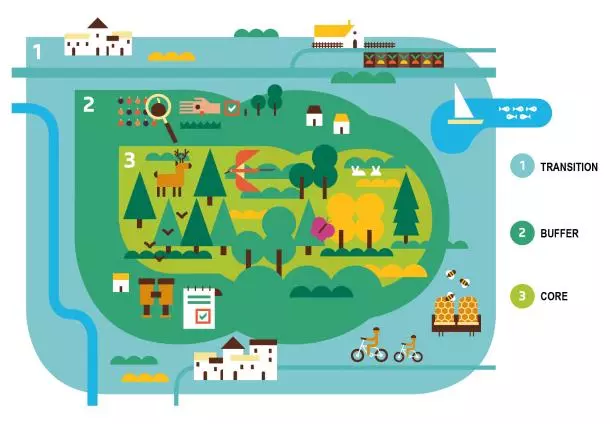
Key Properties of Biosphere Reserves:
♦ Conservation: ensuring the protection of genetic resources, species, and ecosystems.
♦ Development: Promoting sustainable economic and human development.
♦ Logistical Support: Facilitating research, monitoring, education, and information exchange related to conservation and sustainable development.
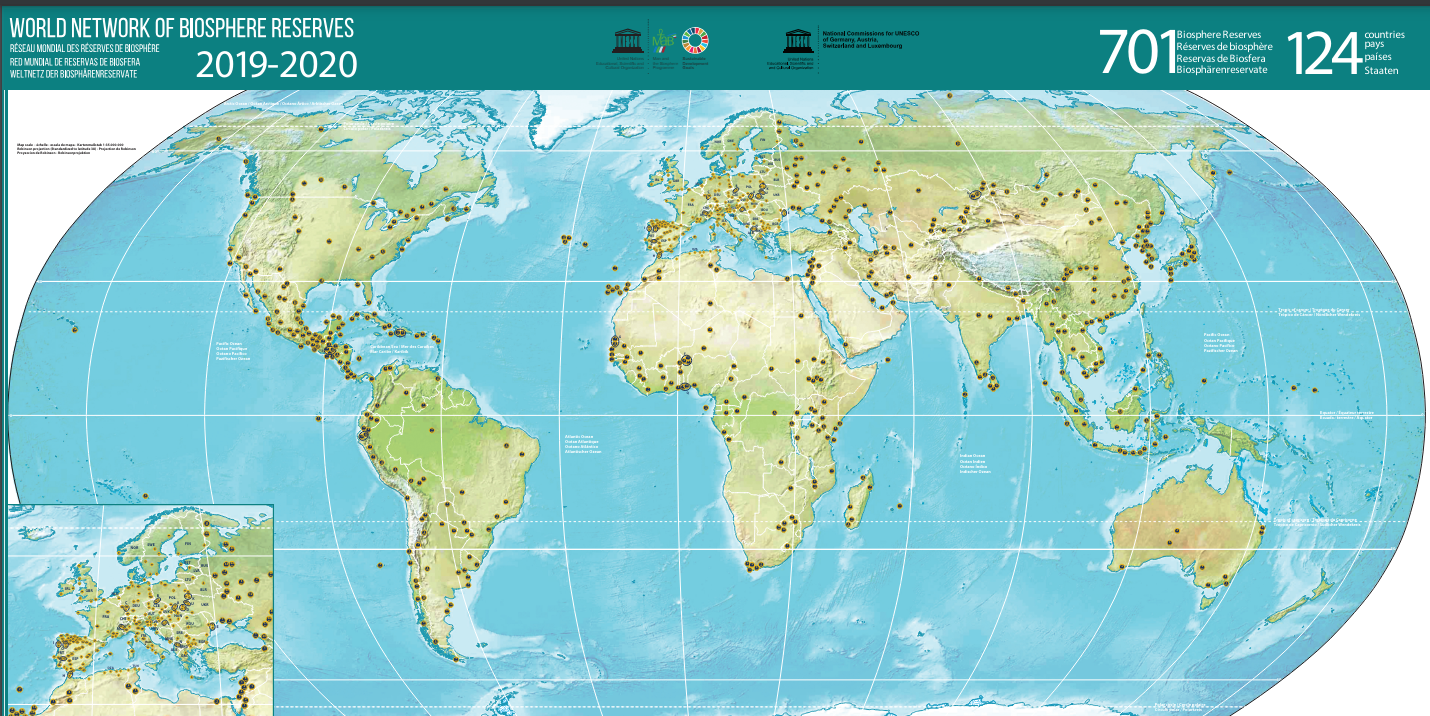
New Biosphere Reserves
1. Kempen-Broek Transboundary Biosphere Reserve (Belgium/Kingdom of the Netherlands)
Nestled in low-lying terrain with gently undulating sand covers, Kempen-Broek is a haven for biodiversity and human history. This region, once covered in wetlands, now features a mix of farmlands, ponds, marshlands, and bog forests. It is renowned for being a prime habitat for dragonflies and diverse bird species. Home to approximately 75,000 people, the area thrives on tourism and agriculture.
_1720518599.png)
2. Darién Norte Chocoano Biosphere Reserve (Colombia)
Situated in the vibrant Darien ecoregion within the Biogeographic Chocó, this reserve serves as a biodiversity bridge between North and South America. It spans tropical rainforests and marine areas, housing emblematic species such as the harpy eagle and poison dart frogs. The local community, including Indigenous Peoples and Afro-Colombians, actively participates in sustainable farming and ecotourism initiatives.
_1720518685.png)
3. Madre de las Aguas Biosphere Reserve (Dominican Republic)
Covering 11 provinces and 35 municipalities, this biosphere reserve boasts diverse topography sculpted by the Cordillera Central. It is home to 88 avian species, including the critically endangered sparrowhawk. Local stakeholders see the designation as a means to resolve land conflicts through ecotourism and sustainable agriculture.
_1720518775.png)
4. Niumi Biosphere Reserve (Gambia)
Adjacent to Senegal’s Delta de Saloum Biosphere Reserve, Niumi features pristine mangrove forests, tropical forests, and open savannah woodland. It includes a Ramsar wetland and the UNESCO World Heritage Site of Kunta Kinteh Island. The reserve supports approximately 178,000 inhabitants who rely on farming and fishing.
_1720519765.png)
5. Colli Euganei Biosphere Reserve (Italy)
Located in northeastern Italy, this reserve encompasses 81 volcanic hills and the largest thermal basin in Europe. The region is rich in natural and cultural heritage, fostering sustainable agriculture and ecotourism. It supports a population of over 111,000 people.
_1720519864.png)
6. Julian Alps Transboundary Biosphere Reserve (Italy/Slovenia)
Formed by merging two previously designated biosphere reserves, this transboundary site covers alpine mountains and karst plateaux. It is home to diverse species, such as brown bears and lynxes. The designation involved a participatory planning process with 176 institutions and organisations.
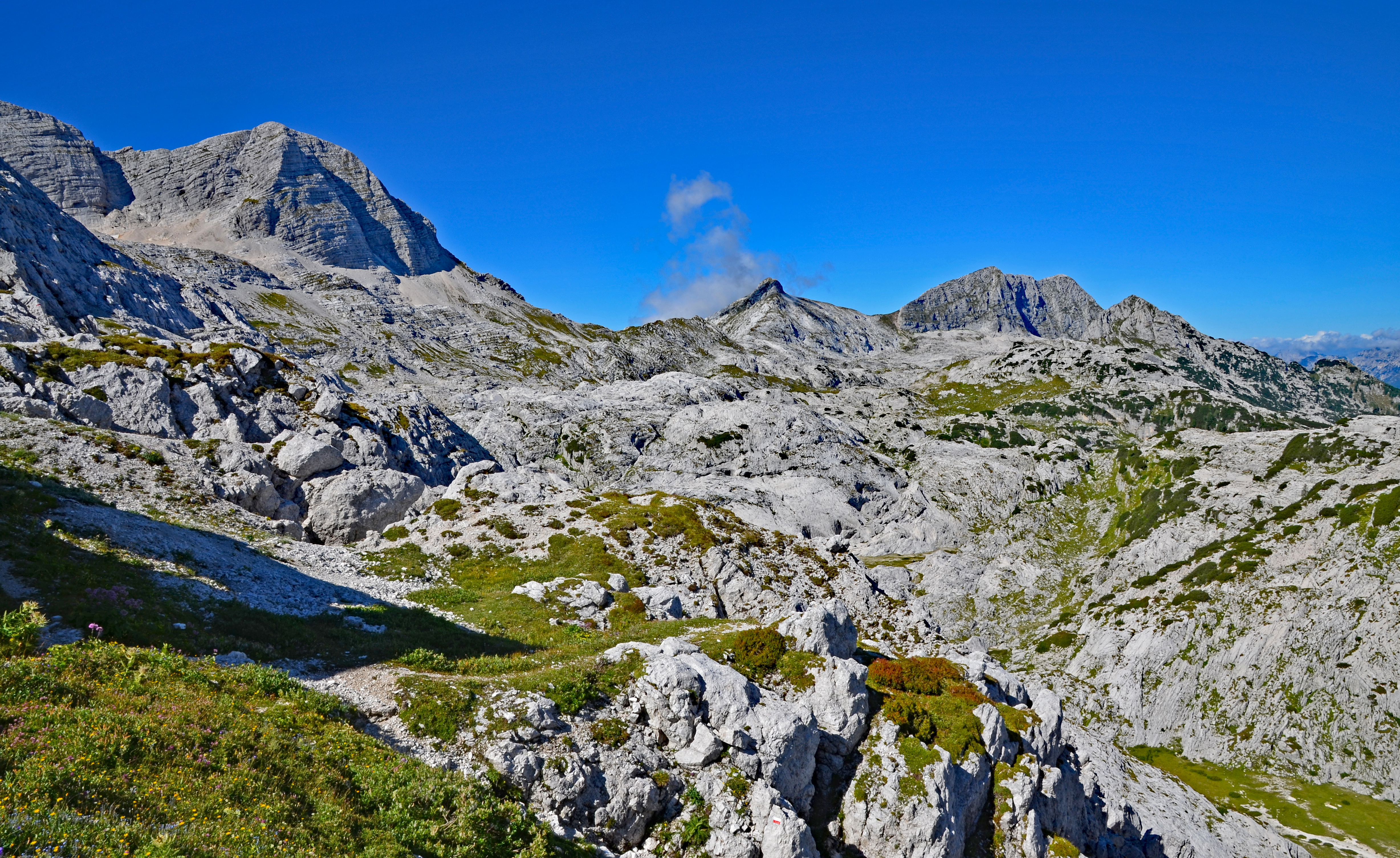
7. Khar Us Lake Biosphere Reserve (Mongolia)
Spanning the Great Lake basin in western Mongolia, this reserve includes aquatic, desert, high mountain, and steppe ecosystems. It supports diverse ethnic groups practicing sustainable animal husbandry. Efforts are underway to develop ecotourism to diversify the local economy.
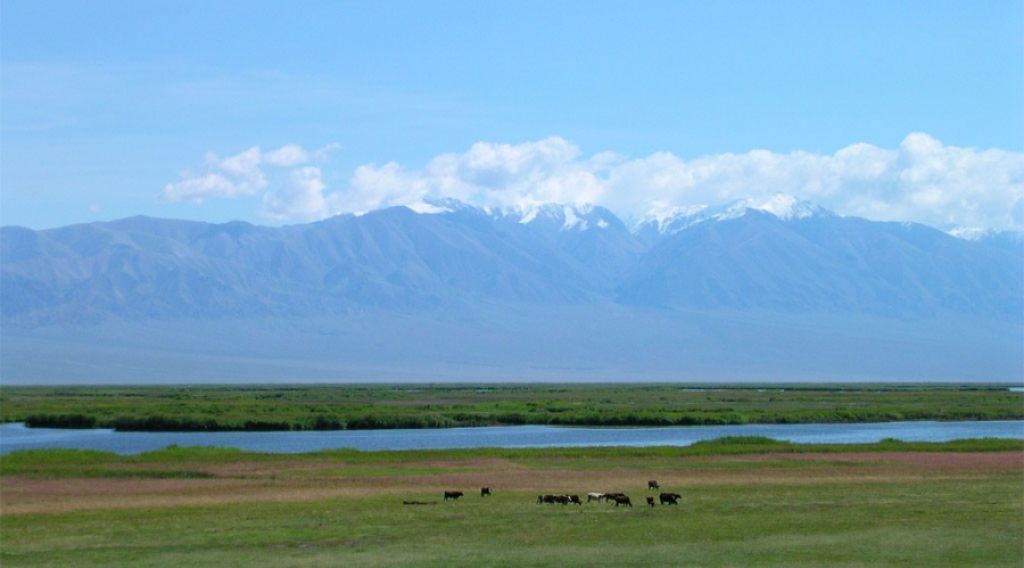
8. Apayaos Biosphere Reserve (Philippines)
Located in the province of Apayao, this reserve features rugged terrain and the vital Apayao River. It is home to ethnolinguistic groups practicing the Lapat system for resource management. The area supports rice and corn cultivation and is developing ecotourism.
_1720520302.png)
9. Changnyeong Biosphere Reserve (Republic of Korea)
Encompassing forests, wetlands, and agricultural lands, Changnyeong is a sanctuary for species like the endangered crested ibis. The region is advancing agricultural diversification and ecotourism, leveraging its designation as a Ramsar Wetland City.
_1720520378.png)
10. Val d'Aran Biosphere Reserve (Spain)
Nestled in the Catalan Pyrenees, Val d'Aran features diverse climatic and biological landscapes. The area supports traditional practices and biodiversity protection, aiming to halt depopulation and transition to resilient rural development.
_1720520479.png)
11. Irati Biosphere Reserve (Spain)
Home to expansive beech forests in the western Pyrenees, Irati supports community-driven conservation efforts. The management plan includes diverse stakeholders, from cultural and conservation associations to women’s groups, emphasising sustainable development.
_1720520575.png)
Biosphere Reserves in India
India, with its rich and diverse ecosystems, is home to 18 UNESCO-designated biosphere reserves. These areas play a critical role in conserving the country's unique biodiversity while supporting sustainable development and research.
Notable Biosphere Reserves in India:
♦ Nilgiri Biosphere Reserve: Situated in the Western Ghats, the reserve includes portions of Tamil Nadu, Karnataka, and Kerala. It is well known for having a wide variety of indigenous species in its diverse flora and fauna.
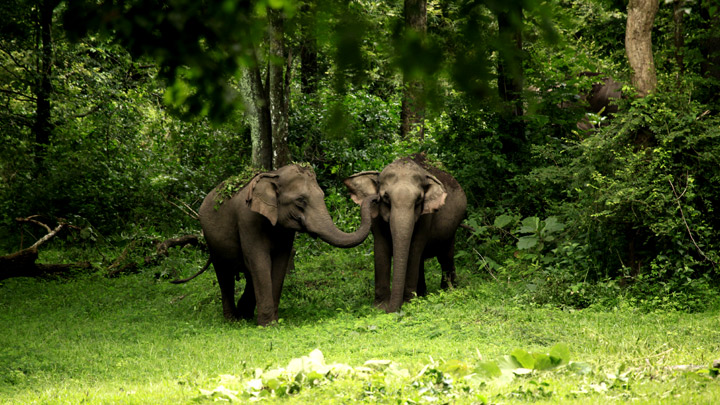
♦ Sundarbans Biosphere Reserve: Located in West Bengal's delta, this reserve is well-known for the Royal Bengal Tiger and its mangrove forests. Diverse terrestrial and marine species are also supported by it.
♦ Gulf of Mannar Biosphere Reserve: Spanning the southeastern coast of Tamil Nadu, this reserve includes coral reefs, seagrass beds, and mangrove forests. It is a crucial area for marine biodiversity conservation.
_1720520978.png)
♦ Pachmarhi Biosphere Reserve: Located in Madhya Pradesh, this reserve covers a range of ecosystems, from moist deciduous forests to dry deciduous forests, supporting diverse wildlife and plant species.
♦ Nanda Devi Biosphere Reserve: Encompassing parts of the Garhwal Himalayas in Uttarakhand, this reserve is home to high-altitude flora and fauna, including the endangered snow leopard and numerous medicinal plants.
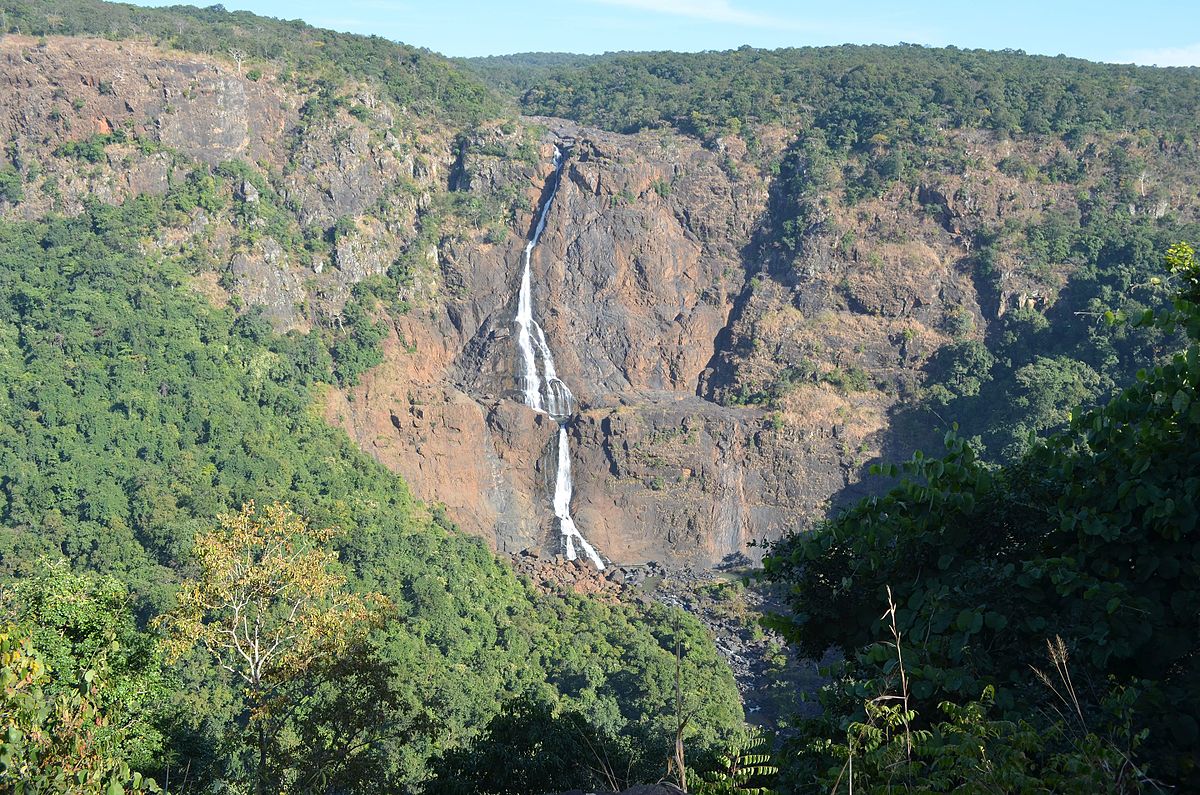
♦ Simlipal Biosphere Reserve: Located in Odisha, this reserve is known for its vast deciduous forests and rich biodiversity, including tigers, elephants, and a variety of bird species.
These biosphere reserves in India not only preserve the natural heritage but also foster research, education, and sustainable practices that benefit local communities. They are essential for maintaining ecological balance and promoting conservation in a rapidly developing country.
Inputs from Multiple Agencies
Media Sources: Multiple sources
ⒸCopyright 2024. All Rights Reserved Powered by Vygr Media.























